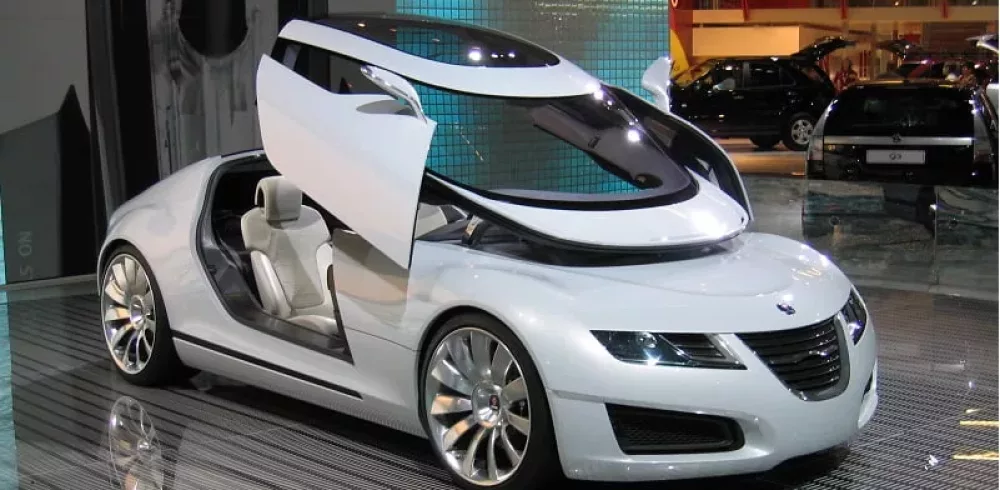Five years ago, Saab declared bankruptcy. We look back at what went wrong for the iconic brand and its best ever cars
December 19 2011: A dark day in automotive history. It always is when a manufacturer fades away, and this date just over five years ago was the day executives at Trollhättan, a cold industrial city north of Gothenburg in Sweden, finally threw in the towel and declared Saab bankrupt.
The three years before the fateful day were a fight for industrial survival for Saab, as the car maker bounced from one owner to the next, desperately seeking backing from investors around the world as the financial crisis hit hard. It was owned by General Motors at the time, and Saab was placed under strategic review. Then, after a deal with supercar manufacturer Koenigsegg fell through, Dutch company Spyker signed on the dotted line with the help of a 400million Euro loan from the European Investment Bank in January 2010.
Victor Muller, Spyker founder, then began the arduous task of turning around Saabâs fortunes. The aptly named Phoenix concept made its debut at 2011âs Geneva Motor Show to give a glimpse of the brandâs future direction, but slow sales and rumours of money shortages soon had suppliers in panic.
Muller sought more financing from around the world, and a vital deal looked in place with a Chinese consortium, only for GM â which still supplied engines and components to Saab â to block the move. After years of falling sales, unfulfilled promises of revival and no financial lifeline in sight, reality soon sank in. The factory lines at Trollhättan finally came to a halt in April 2011.
But the Saab story might not be over just yet. In 2012, Swedish-Chinese entrepreneur Kai Johan Jiang bought the companyâs main assets and has since been quietly formulating a plan to revive some of the lost magic under a new company: National Electric Vehicle Sweden (NEVS). Five years since Saabâs future looked all but lost, Auto Express caught up with NEVS to see how the legacy of the iconic brand might live on in the future.
Experts criticised a failure to adapt as one reason for Saabâs demise, but thatâs unlikely to be a problem at NEVS, which has plans for a completely battery-powered future. The focus is only on electric vehicles, as we see this being a key growth market, explained Ulrika Hultgren, NEVSâ official spokeswoman.
According to Hultgren, NEVSâ first priority is to create a pure EV for the Chinese market based on the Saab 9-3. Last year, the company began construction of a new factory in Tianjin, China â with an annual production target of 200,000 vehicles â and itâs also investing in another plant in the Fujian province in China.
And NEVS already has its order books filled, with Chinese tech company Panda New Energy placing an order for 150,000 9-3-based EVs and 100,000 electric MPVs, due by 2020.
China is our main focus right now, and only after China will we move elsewhere, Hultgren said. Elsewhere will include Europe and the UK, with Hultgren confirming that EVs produced for Europe would be built in Trollhättan.
And while NEVS is currently busy preparing the 9-3 electric car for China, it is also working on other models. We have engineers looking to build an electric version of the Phoenix concept car for the future, Hultgren told Auto Express.
To keep up with the changing times, NEVS is also looking into car sharing and autonomous technology for its fleet of premium models. Hultgren said: It could be the case that in the future, you see yourself buying a service instead of a car.
So NEVS looks to have the company on the right track in terms of markets and technology, but will its product offer the feel that made Saabs special and different?








